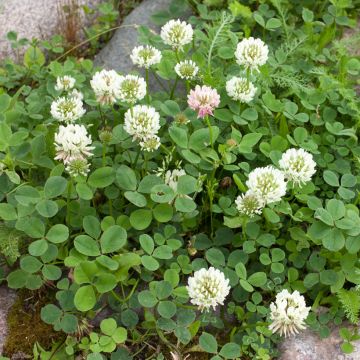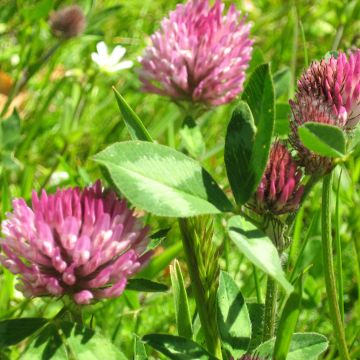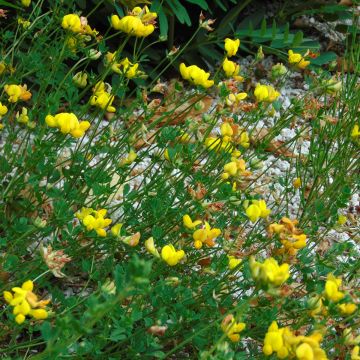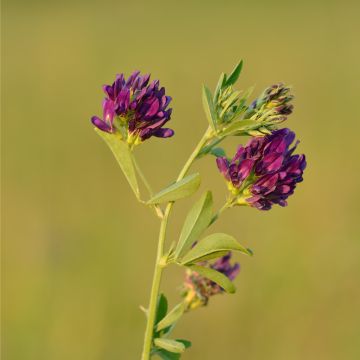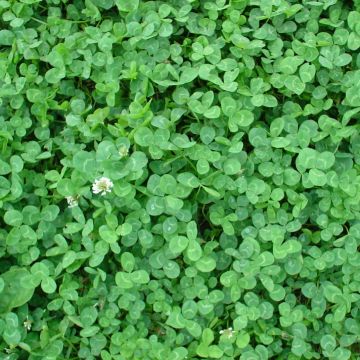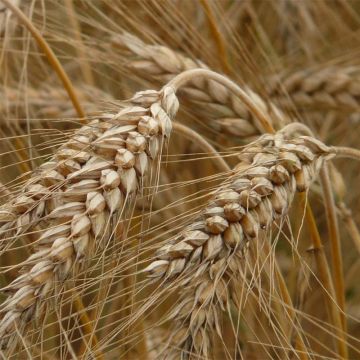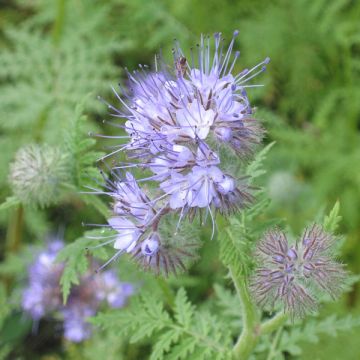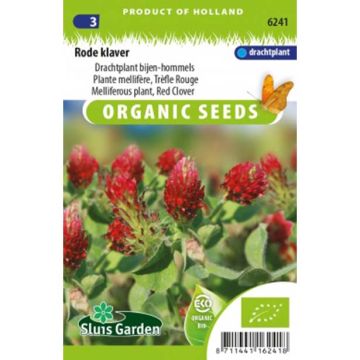
Green manures: why, how?
Knowing them and using them in the vegetable garden
Contents
The use of green manures is part of good practices in the vegetable garden, especially when it is managed organically. This cover crop technique, highly valued in permaculture, involves growing certain plants (Mustard, Phacelia, Vetch…) on temporarily uncultivated plots, but also sometimes as intercalary crops, between ranks of vegetables. Discover the benefits of green manures in the garden and how to successfully grow them!
Why growing green manures?
Green manures have numerous benefits:
- They nourish and improve the soil by providing various nutrients, stimulating microbial life in the soil, and sometimes having a nematicidal effect (mustard),
- They enhance its structure by loosening and aerating it through the power of their roots,
- They protect soils from leaching (loss of nutrients in sandy soil), from rain compaction (formation of a crust in silty soil), and from erosion (due to runoff in heavy rains on sloped terrain),
- They prevent grassing over, even “cleaning” plots by not leaving space for adventive plants to develop,
- They nourish pollinators as they are often melliferous (phacelia).
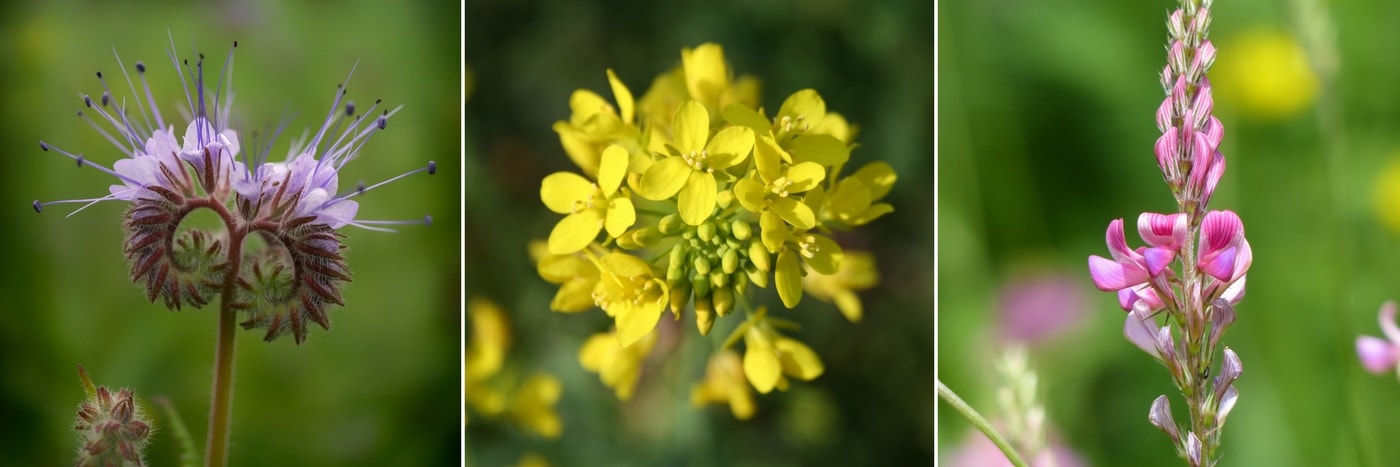
Phacelia, white mustard and sainfoin
Read also
Nourrir le sol naturellementHow to choose a green manure?
The choice of green fertiliser depends on several criteria:
- the desired effect: Vetch and Sweet Pea provide nitrogen, buckwheat is known for being “cleansing”, and Camelina provides good soil decompaction,
- the nature of the soil: Fenugreek, Sainfoin, and Alfalfa thrive in calcareous soil, while Lupin prefers acidic soil,
- the subsequent crop after the green fertiliser, as it plays a role in the crop rotation system. For instance, before planting cabbages, it is advisable to avoid using Mustard since both belong to the Brassicaceae family. Instead, opt for Phacelia, which is very versatile, as it belongs to the Hydrophyllaceae family, which has no vegetables.
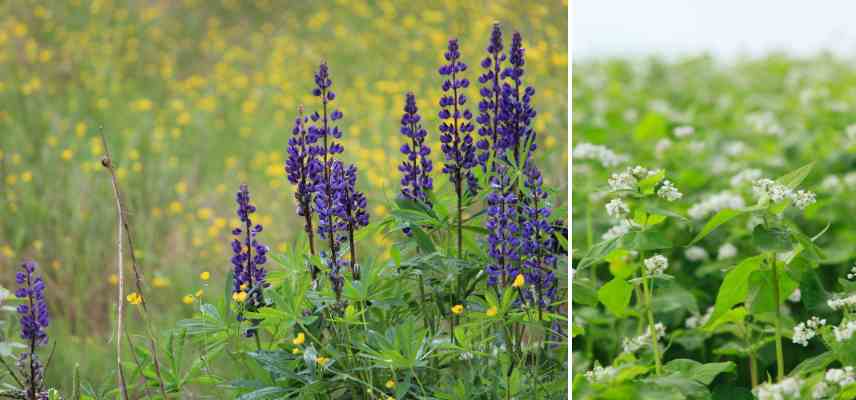
Lupin and buckwheat
Discover other Green fertilisers
View all →Available in 1 sizes
Available in 1 sizes
Available in 1 sizes
Available in 1 sizes
Available in 2 sizes
Available in 3 sizes
Available in 1 sizes
Available in 1 sizes
Available in 3 sizes
Available in 1 sizes
How to sow a green manure?
Green manures are easy to establish. They are sown in spring or late summer, by broadcasting, following the recommended quantity/m2. You can sow them in a mix, combining for example a grass and a legume: this will allow you to benefit from the advantages of both crops (improving soil structure and providing nitrogen).
- Start by preparing the soil: loosen it with a spade or a bio-fork, remove weeds and large stones, break up clumps of soil, and refine the seedbed using a cultivator or a rake.
- Sow the seeds by broadcasting, spreading them evenly.
- Cover the seeds with a little potting soil.
- All that’s left is to water gently, to avoid displacing the seeds.
To learn more, check out our tutorial: “When and how to sow green manures?”
What to do with green manure after its cultivation?
Destruction of green manure occurs naturally through frost or by early mowing (in all cases, before seed formation). Once destroyed, green manure can, optionally:
- be left in place as mulch, it will decompose on site within a few weeks,
- be shredded and incorporated into the top layers of the soil, the next crop can then only be planted three weeks later,
- be collected and taken to compost, for a quick cultivation of the plot.
- Subscribe!
- Contents































